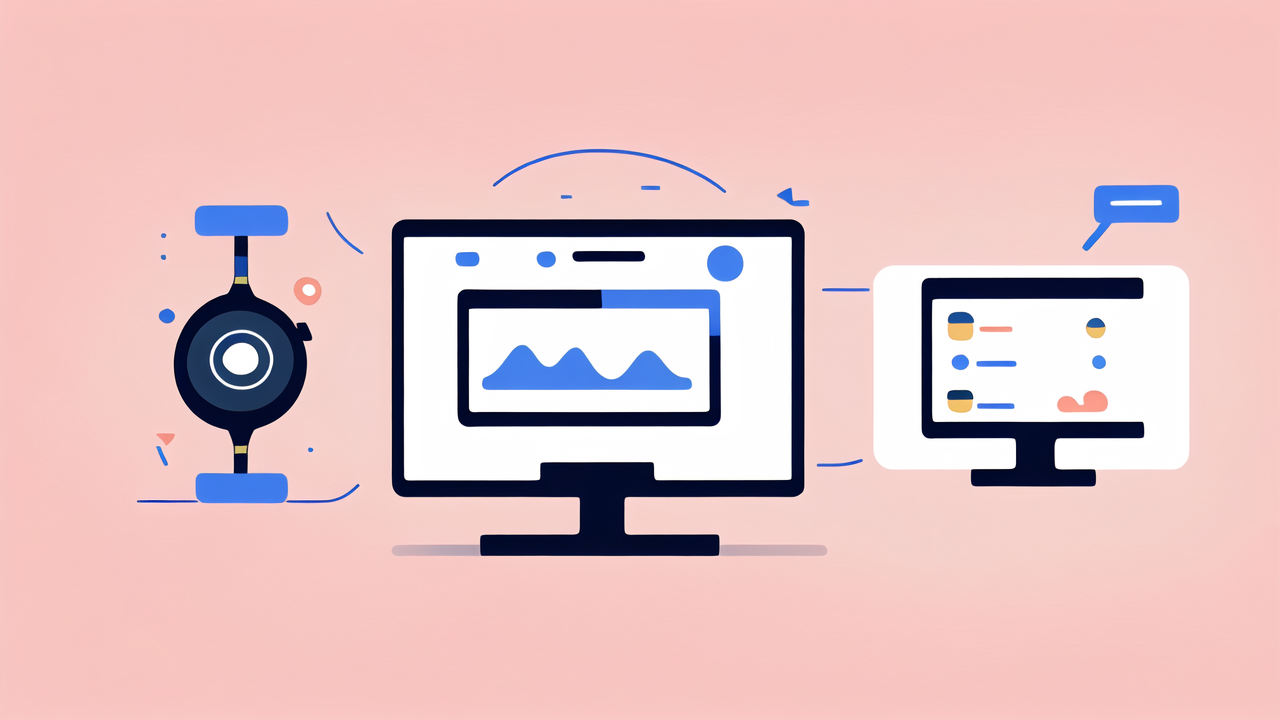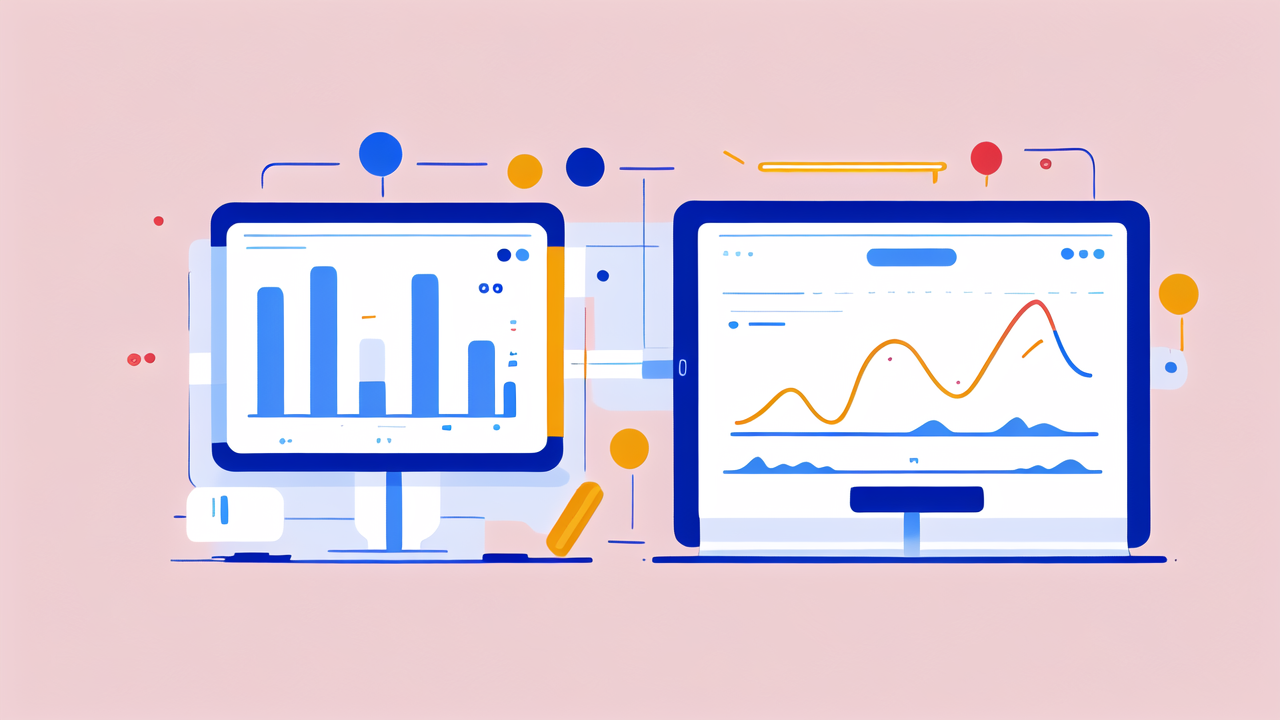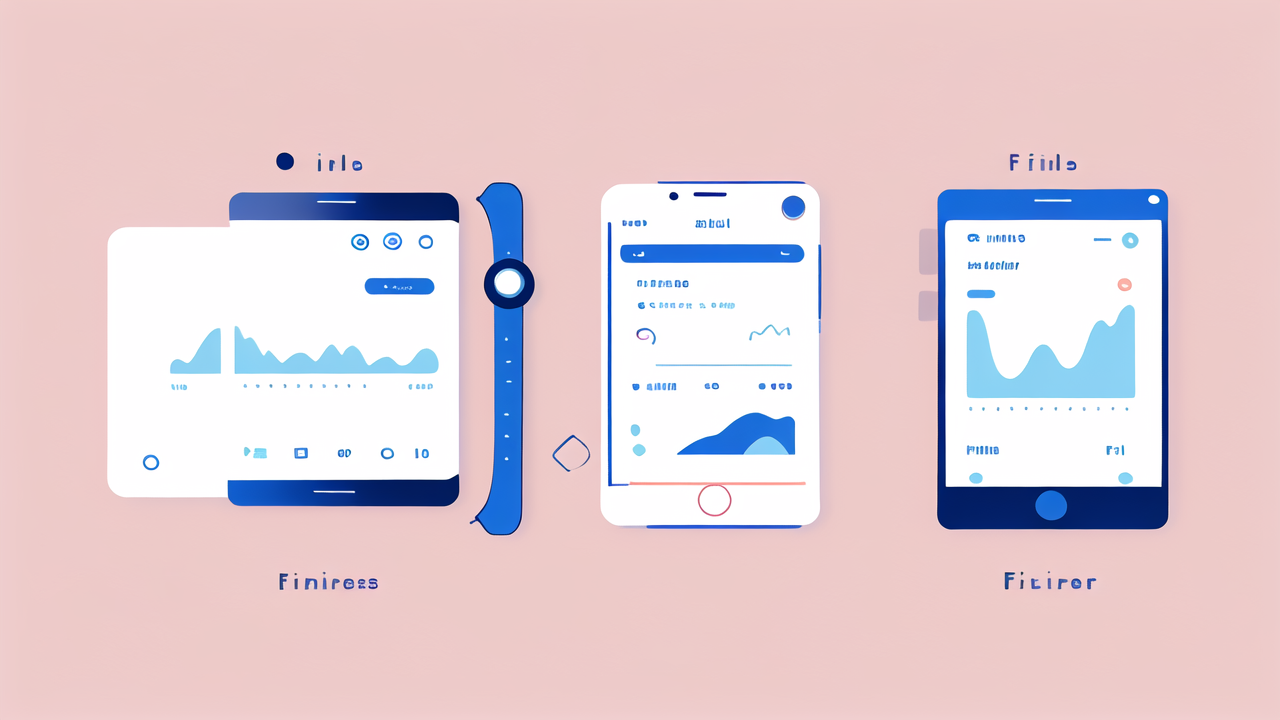The Evolution of Health Wearables: A Journey through Time
Early Adoption and Consumer Interest in Health Tracking
Health wearables have come a long way since their inception. Early adopters embraced basic step counters and heart rate monitors. These simple devices sparked interest in personal health tracking.

As technology improved, so did consumer demand. People wanted more data about their bodies and habits. This led to the development of more advanced wearables.
Early devices were often bulky and had limited features. But they paved the way for today's sleek, multi-functional trackers. The focus shifted from just counting steps to monitoring overall wellness.
Consumers began to see the value in tracking their health data. This drove innovation in the wearable tech industry. Companies raced to create devices that could offer more insights and better accuracy.
Technological Advancements Shaping the Modern Health Wearable
Modern health wearables are a far cry from their early counterparts. They now boast a wide range of sensors and capabilities. These devices can track sleep patterns, stress levels, and even blood oxygen levels.
Miniaturization has played a key role in this evolution. Sensors have become smaller and more efficient. This allows for sleeker designs and longer battery life.
Improved connectivity is another major advancement. Wearables can now sync data in real-time with smartphones and cloud services. This enables users to access their health data anytime, anywhere.
Materials science has also contributed to better wearables. New fabrics and materials make devices more comfortable and durable. Some are even waterproof, allowing for constant wear.
The Impact of AI and Machine Learning on Health Monitoring Devices
AI and machine learning have revolutionized health wearables. These technologies allow devices to provide more than just raw data. They can now offer personalized insights and recommendations.
Machine learning algorithms can detect patterns in user data. This helps predict potential health issues before they become serious. For example, some devices can now detect irregular heart rhythms.
AI-powered assistants in wearables can offer real-time health advice. They can remind users to move, drink water, or take medication. This turns wearables into proactive health management tools.
These technologies also improve the accuracy of health tracking. They can filter out noise and false readings, providing more reliable data. This makes wearables more trustworthy for both users and healthcare providers.
Current Trends in Health Tracking Wearables Market
Leading Brands and Their Market Strategies
The health wearables market is dominated by a few key players. Brands like Apple, Fitbit, and Garmin lead the pack. Each has its own strategy to capture market share.

Apple focuses on integrating health features into its popular smartwatch. They emphasize the seamless connection with iPhones and other Apple devices. Their strategy includes partnering with healthcare providers and researchers.
Fitbit, now owned by Google, targets fitness enthusiasts. They offer a range of devices at different price points. Their strategy includes social features to keep users engaged and motivated.
Garmin caters to serious athletes and outdoor enthusiasts. They focus on rugged devices with advanced sports tracking features. Their strategy involves partnering with sports teams and events.
Other brands like Samsung and Xiaomi are also making waves. They offer competitive features at lower price points. This strategy aims to capture the budget-conscious consumer market.
Innovative Features in Today's Health Wearables
Today's health wearables offer a wide array of innovative features. These go beyond basic step counting and heart rate monitoring. Many devices now include:
- ECG monitoring for heart health
- Blood oxygen level tracking
- Stress level detection and management
- Sleep stage analysis
- Menstrual cycle tracking
- Fall detection and emergency alerts
- GPS tracking for outdoor activities
- Contactless payment options
Some advanced wearables can even measure body composition. They use bioelectrical impedance analysis to estimate body fat percentage. This provides users with a more complete picture of their health.
Smartwatches are integrating more health features alongside traditional functions. This makes them attractive to a wider range of consumers. They offer the convenience of notifications and apps with health tracking.
The Role of Integration with Healthcare Systems
Health wearables are increasingly integrating with healthcare systems. This trend is transforming how people manage their health and interact with doctors.
Many devices now allow users to share data directly with healthcare providers. This can help doctors monitor patients remotely and detect issues early. It's especially useful for managing chronic conditions.
Some health insurance companies offer incentives for using wearables. They may provide discounts to users who meet certain activity goals. This encourages people to stay active and healthy.
Wearables are also being used in clinical trials and research studies. They provide researchers with real-world data on a large scale. This can lead to new insights and better treatments.
However, privacy concerns remain a challenge. Users and healthcare providers must balance the benefits of data sharing with privacy protection. Secure data handling and clear consent processes are crucial.
The Potential and Challenges of Filatime in the Health Sector
The Promise of Filatime in Personalized Healthcare
Filatime technology holds great promise for personalized healthcare. This innovative approach could revolutionize how we monitor and manage health. Filatime devices aim to provide continuous, real-time health data.

These devices could offer more detailed insights than current wearables. They might track biomarkers that were previously only measurable in labs. This could include continuous glucose monitoring or hormone level tracking.
Filatime could enable truly personalized treatment plans. Doctors could adjust medications or interventions based on real-time data. This could lead to more effective treatments and better patient outcomes.
The technology could also help predict and prevent health issues. By analyzing trends in real-time data, it might detect problems before symptoms appear. This proactive approach could transform preventive healthcare.
Navigating Regulatory Hurdles for Health Monitoring Devices
As health wearables become more advanced, they face increasing regulatory scrutiny. Devices that make health claims or influence medical decisions need approval from authorities like the FDA.
Companies must prove the accuracy and safety of their devices. This process can be long and expensive. It's a major challenge for startups and smaller companies in the field.
Data privacy is another key regulatory concern. Health data is sensitive and must be protected. Companies need to comply with laws like HIPAA in the US and GDPR in Europe.
There's also the question of liability. If a device gives incorrect health advice, who is responsible? These issues need to be addressed as wearables become more integrated with healthcare.
Future Outlook: Where is Health Wearable Technology Headed?
The future of health wearables looks bright and exciting. We can expect devices to become even more advanced and integrated into our lives. Here are some potential developments:
- Implantable devices for continuous internal monitoring
- Smart clothing with built-in health sensors
- Advanced AI for predictive health analysis
- Integration with smart home systems for holistic health monitoring
- Nano-sensors for detecting diseases at the cellular level
We may see a shift from wrist-worn devices to more diverse form factors. These could include smart earbuds, rings, or even temporary tattoos with embedded sensors.
The line between consumer devices and medical equipment may blur. This could lead to more affordable and accessible health monitoring tools. However, it will also bring new regulatory challenges.
As technology advances, ethical considerations will become more important. We'll need to balance the benefits of health tracking with privacy and autonomy. The future of health wearables will shape not just our health, but our relationship with technology.




Leave a comment
This site is protected by hCaptcha and the hCaptcha Privacy Policy and Terms of Service apply.